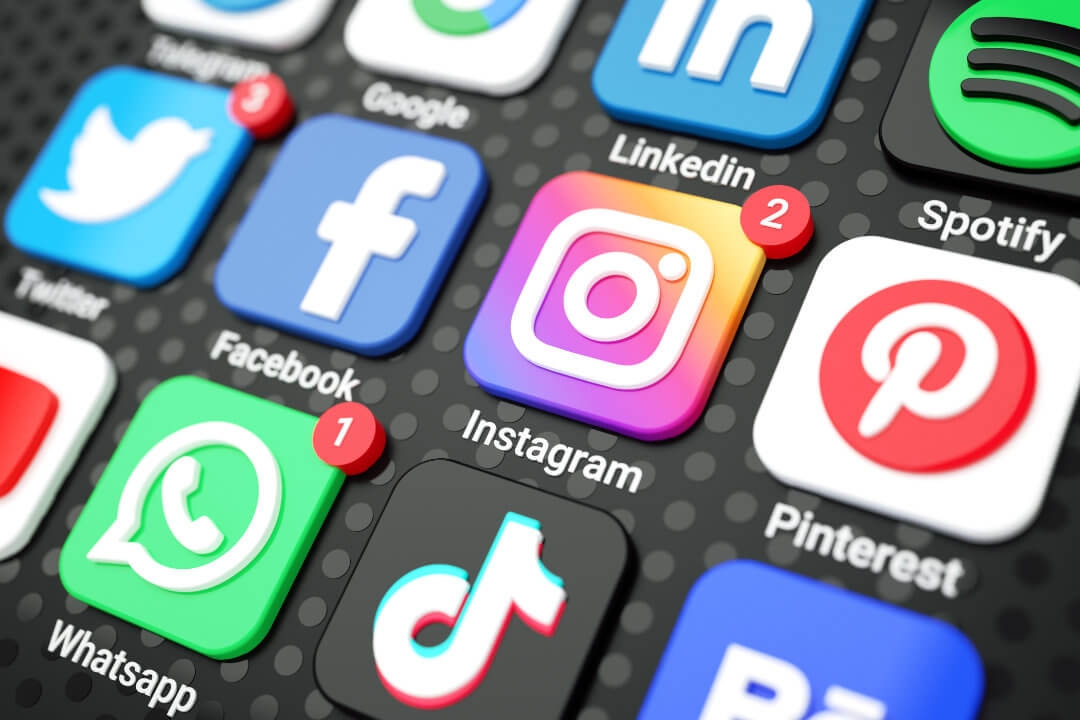
How Covid Changed Social Media – 3 Trends That Are Here For Good
Before the Covid-19 Pandemic, the tale of social media has been one of decline. We were spending less time on platforms, being more conscious of social media practices, and disclosing less personal information. A Google search for “is social media dead” returns 7.8 million results! The answer is social media is not dying. But how we use and consume it has changed.
The Covid-19 pandemic, lockdowns, and isolation have dramatically changed the outlook for social media. Amongst the stress and chaos, people flocked to the platforms to reinvigorate a sense of connection and community. It was the only place with an “open 24 hours” sign for communication and engagement.
According to Sprout Social, Facebook had almost 24/7 engagement during 2020 when the pandemic hit versus the occasional “off times” of previous years.
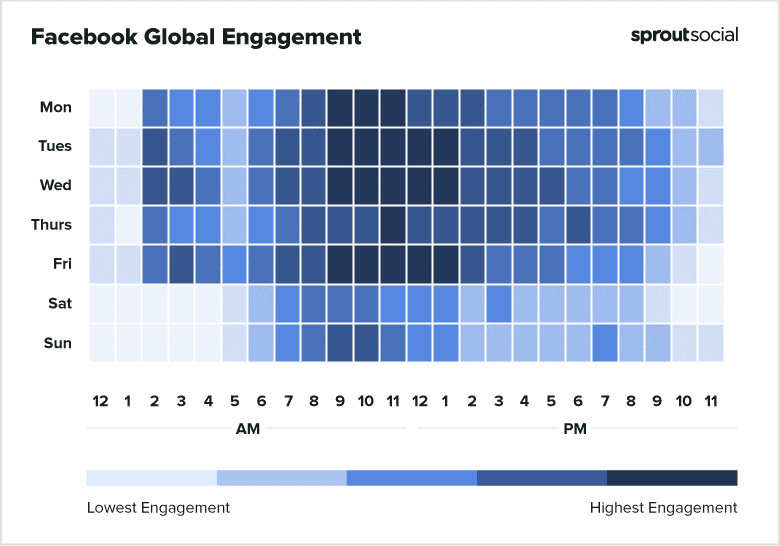
Social media became somewhere for people to indulge in content, create new and maintain exisiting relationships, and find authentic news sources when meeting face-to-face was not an option.
Arguably, this could have heightened the extent of the Covid-19 misinformation, with 80% of consumers in the US reporting fake news posts about the coronavirus on social media. Regardless of content validity, the pandemic firmly left social media as the communication channel of choice.
As life returns to normal, social media consumption will likely decrease. Still, there are some shifts in user expectations and preferences that we expect to remain for the foreseeable future, and marketers need to respond by pivoting their strategy.
This article looks at three social media marketing trends that are here for good.
Time spent on social media
Between 2019 and 2021, global social media users grew by 11%, from 3.4 billion to 3.8 billion. In the 12 months before October 2021, the volume of users grew by 400 million (almost 10%), and while that trend is slowing, it remains at nearly 1 million new users per day.
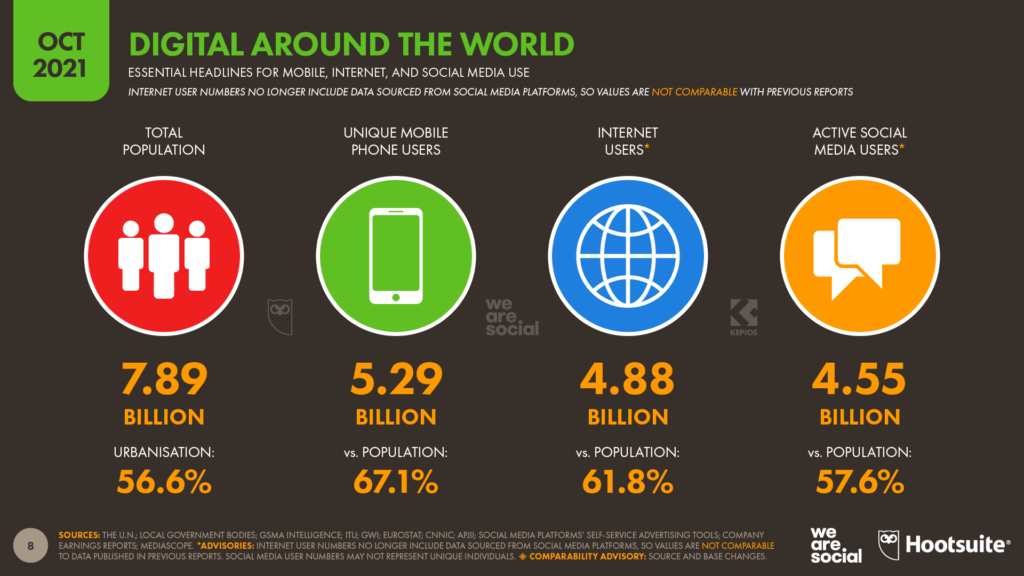
One harsh reality of the pandemic was that to be together safely someday, we had to remain separated in the present. For many, this meant that social media had become the sole method to communicate with friends and family thus, people rushed to new (TikTok) and old (Facebook) platforms. TikTok alone had a meteoric rise amongst the Generation Alphas.
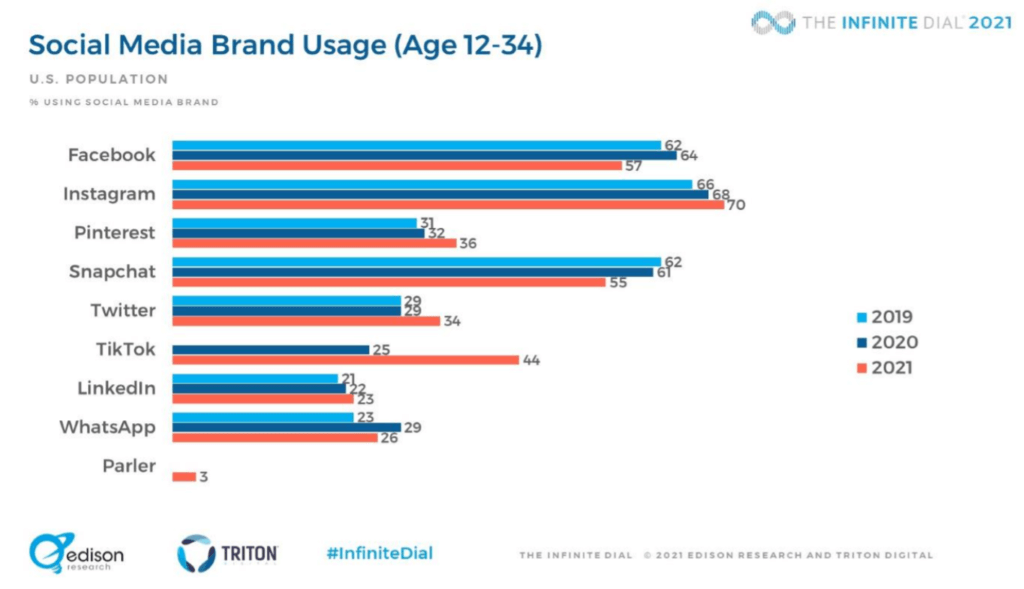
US users’ average time spent on social media in 2020 was 65 minutes per day, up from 54 minutes and 56 minutes the previous years.
Before the pandemic, social media offerings may have been a sideline for many marketers, supplementing their core campaigns. However, as people continue to favour the channels for news and content, they are now a primary strategy for interacting and engaging with customers.
Increasing video consumption
In 2020, media uploads increased by 80% year on year and the time spent watching video increased by 85%. According to Statista, 61% of Gen Z and Millennials are watching more videos on social media as a result of the pandemic.
TikTok found exponential growth at the start of the pandemic, thanks to the authenticity of content with people sharing real-life experiences.
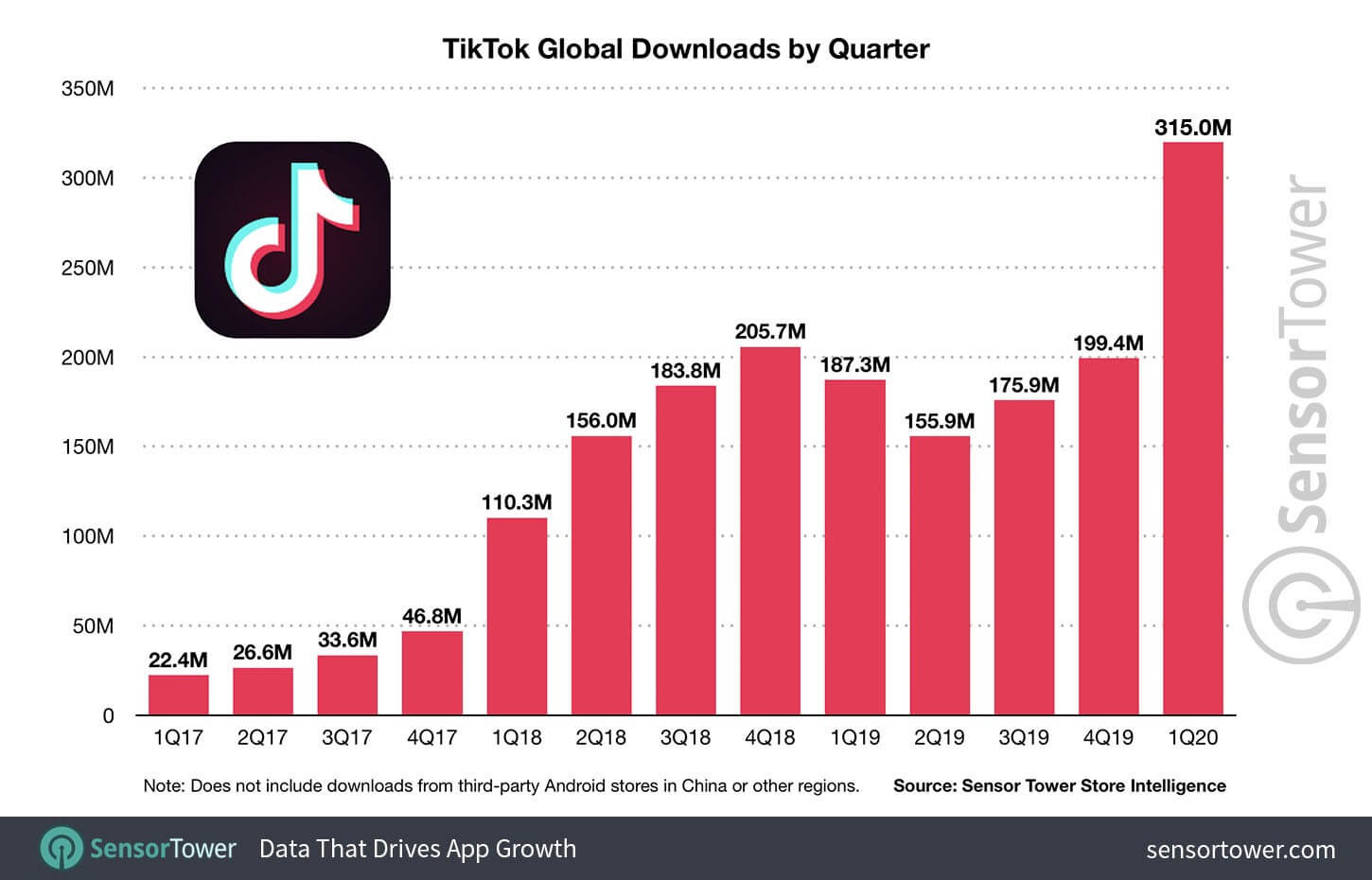
More than ever before, consumers want companies to produce engaging, entertaining content on social media, and video is one of the most successful forms for doing so. Video content on Instagram gets more engagement than any other type of content, while a Tweet with a video gets ten times more engagement.
Video content, especially live streams, help to build a more intimate relationship with customers. They add value, education, and empathy that are not constantly prevalent features of text and images. Social networks are supposed to be about sharing everyday experiences. Video communicates more effectively through sight, sound, and emotion than words or pictures alone. That is why people are obsessed with video on social media.
The most popular types of content
The pandemic brought chaos and uncertainty, and many people used social media to escape the real world. As a result, fun, empathetic, and lighthearted content won the day. Over 40% of Gen Z social media users wanted fun content to distract them from the pandemic boredom. In addition to seeking authenticity and relatability, Gen Z desired to be captivated with amusing material. Marketers who can pivot and use humour in campaigns, making the content approachable and human-like, will succeed over brands pushing for sales.
Unsurprisingly, the pandemic has had a particularly negative impact on the restaurant industry, with places throughout the country rushing to restructure themselves to better suit this new digitally-focused market. Businesses have responded creatively, tapping into the new customer demand for humor.
The fast-casual Chipotle chain has a presence on Facebook, Instagram, YouTube, TikTok, and Twitter. The brand recognised customers might be feeling isolated and worked to replicate the happy environment of restaurants into social media, humanising the brand and building relationships.
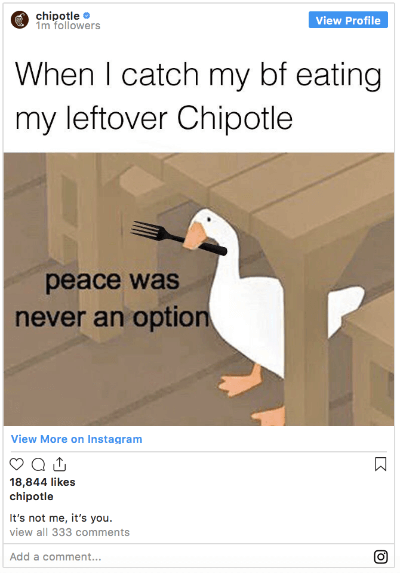
As a result, Chipotle grew digital sales by 216% in the first quarter of 2020. Free and contactless delivery, as well as loyalty programs and rewards, have all contributed to that.
Marketers should focus on posting more authentic content as we move forward as consumer demand does not appear to be waining.
Summary
Social media is the number one channel used in marketing, and it is imperative to adapt your business and keep up with the trend if you want to stimulate growth.
Prior to the pandemic, many individuals went to the office, exercise classes, parks, or other public places to feel like they were part of a more significant community
When deployed effectively, social media may help fill in the gaps and feed the basic human desire for connection. Although people will return to the office and social clubs, new hybrid working models mean they will still seek those communities digitally.
With the thirst for authenticity on social media continuing to be important, marketers have a fantastic opportunity to dive into what makes their brand unique and adapt to the “new normal.”
Tip: If you’re not posting on social media at least three times per week you are missing a huge opportunity.
Not sure what to post or a lack of time? Don’t worry, we’ve got you covered with our social media management packages.
Need More Leads & Sales from Your Website
Schedule a call where we can get to know you and your business and discover how we can help you to get more leads and make more sales.
